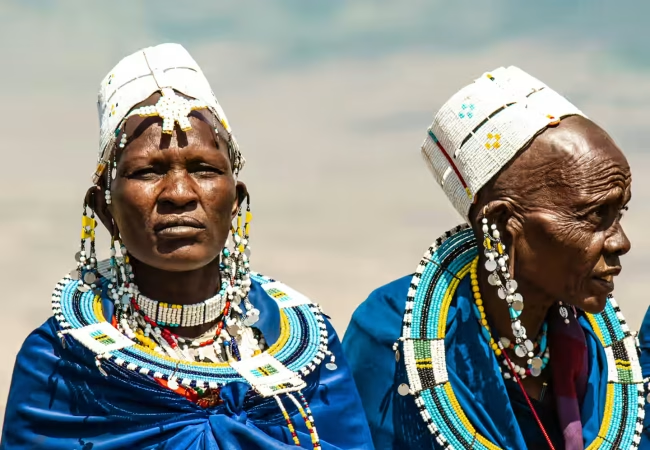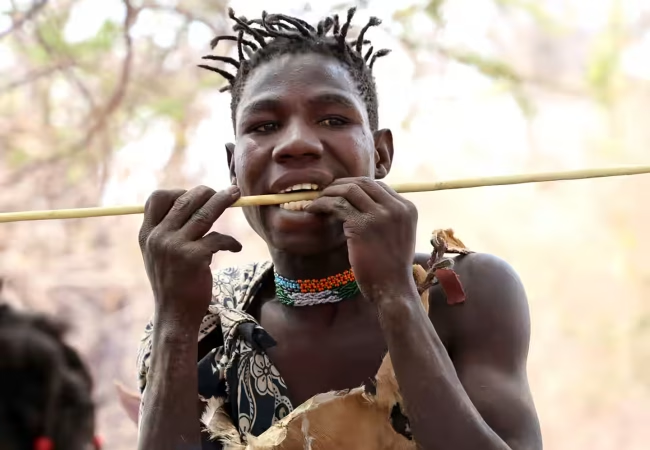Extraordinary Experiences at Lake Manyara: Where Tree-Climbing Lions and Flamingos Thrive
Lake Manyara, nestled in the Great Rift Valley of Tanzania, is a hidden gem that offers a unique and diverse safari experience. Renowned for its tree-climbing lions, vast flocks of flamingos, and stunning landscapes, this compact national park packs an impressive variety of ecosystems into its 330 square kilometers. From groundwater forests to acacia woodlands and the shimmering alkaline lake itself, Lake Manyara National Park provides visitors with an unforgettable journey through one of East Africa’s most picturesque locations.
Definition and Key Information
Lake Manyara National Park stands out for several reasons:
- Home to the famous tree-climbing lions
- Hosts large flocks of flamingos and over 400 bird species
- Features a diverse range of habitats in a compact area
- Offers a combination of game drives, walking safaris, and canopy walks
- Part of the UNESCO Man and Biosphere Reserve Program
What makes Lake Manyara a must-visit safari location?
Lake Manyara offers 5 compelling reasons to visit: unique tree-climbing lions, diverse bird life including flamingos, varied ecosystems, stunning landscapes with the Rift Valley escarpment, and a range of safari activities beyond traditional game drives.
What wildlife can you expect to see at Lake Manyara?
Lake Manyara boasts an impressive array of wildlife, including:
- Mammals:
- Tree-climbing lions (a rare behavior)
- Elephants
- Hippos
- Baboons (large troops near the park entrance)
- Blue monkeys
- Bushbucks
- Birds:
- Flamingos (seasonal)
- Pelicans
- Cormorants
- Storks
- Hornbills
- Various raptors
- Other notable species:
- Leopards (elusive)
- Cheetahs (rare sightings)
- Kirk’s dik-dik
- Klipspringer
- Aquatic life:
- Tilapia
- Catfish
What unique ecosystems can you explore at Lake Manyara?
Lake Manyara National Park is known for its diverse habitats:
- Groundwater Forest:
- Fed by underground springs
- Home to baboons, monkeys, and diverse bird species
- Acacia Woodland:
- Favorite habitat for tree-climbing lions
- Supports various herbivores
- Grassy Floodplain:
- Attracts large mammals like elephants and hippos
- Excellent for game viewing
- Alkaline Lake:
- Covers up to 200 square kilometers depending on the season
- Hosts flamingos and other water birds
- Rift Valley Escarpment:
- Provides a dramatic backdrop
- Home to klipspringers and rock hyraxes
When is the best time to visit Lake Manyara?
Lake Manyara offers year-round wildlife viewing, but different seasons have unique advantages:
- Dry Season (July to October):
- Best wildlife viewing as animals congregate around water sources
- Easier to spot animals in thinner vegetation
- Less chance of rain interfering with activities
- Wet Season (November to June):
- Lush, green landscapes
- Excellent for bird watching (migratory species present)
- Flamingos more likely to be present in large numbers
- Fewer tourists and lower prices
- Best times for specific experiences:
- Flamingo viewing: June to August (small rainy season)
- Tree-climbing lions: Dry season when vegetation is sparse
What unique safari activities does Lake Manyara offer?
- Game Drives:
- Traditional wildlife viewing in 4×4 vehicles
- Night game drives available for nocturnal animal sightings
- Walking Safaris:
- Guided walks in designated areas of the park
- Opportunity to experience the ecosystem up close
- Canopy Walkway:
- 370-meter elevated walkway through the forest canopy
- Unique perspective on the groundwater forest ecosystem
- Boat Safaris (when water levels permit):
- Close-up views of hippos, water birds, and other aquatic life
- Excellent for photography
- Cultural Tours:
- Visit nearby Maasai and Iraqw villages
- Learn about local cultures and traditions
How to plan your Lake Manyara adventure
- Decide on the best season for your visit based on your interests
- Allow at least 1-2 days to explore the park thoroughly
- Consider combining Lake Manyara with other nearby attractions like Ngorongoro Crater or Tarangire
- Book accommodations inside the park or in nearby towns like Mto wa Mbu
- Arrange your safari with a reputable tour operator
- Pack appropriate safari gear: binoculars, camera with zoom lens, and light, neutral-colored clothing
- Bring insect repellent, especially during the wet season
- Consider adding a canopy walk or night game drive to your itinerary for unique experiences
Conclusion
Lake Manyara National Park offers a concentrated safari experience that showcases the diversity of Tanzania’s wildlife and landscapes. From the unique sight of lions lounging in trees to the spectacle of thousands of flamingos painting the lake pink, Lake Manyara provides unforgettable encounters with nature. Its compact size and variety of ecosystems make it an ideal destination for those seeking a rich safari experience in a short time frame. Whether you’re a wildlife enthusiast, bird watcher, or nature lover, Lake Manyara promises an adventure that will leave you with lasting memories of Africa’s natural wonders.



